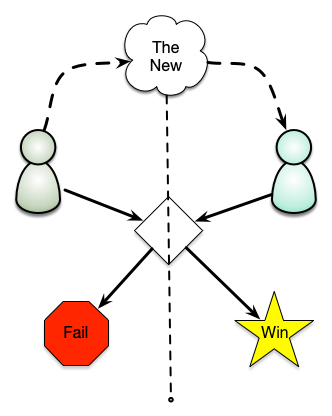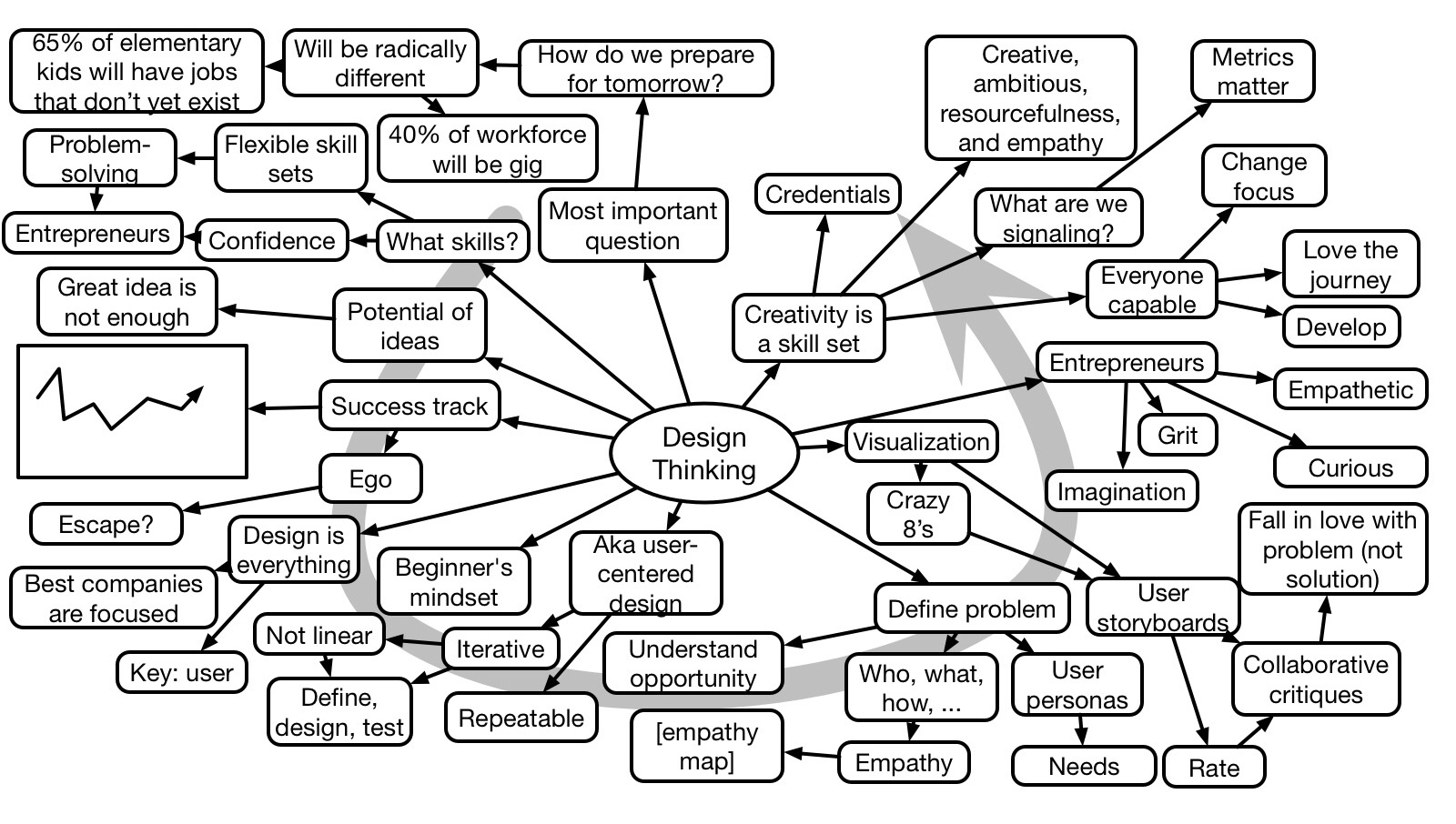 Of late, there’ve been a few dialogs on Twitter. As I opined in the recent podcast I was interviewed in, using Twitter for a dialog is kind of new. I’m not talking about a tweet chat like #lrnchat (which I think is a great thing), but a out-loud dialog with others weighing in. And it’s fun, and informative, but occasionally I need to go deeper. So here’s a reflection on reflection.
Of late, there’ve been a few dialogs on Twitter. As I opined in the recent podcast I was interviewed in, using Twitter for a dialog is kind of new. I’m not talking about a tweet chat like #lrnchat (which I think is a great thing), but a out-loud dialog with others weighing in. And it’s fun, and informative, but occasionally I need to go deeper. So here’s a reflection on reflection.
In that podcast interview, I opined, as I often do, about action and reflection. The starting point is a claim is that our own learning action and then reflection. What I mean is that we act in the world, and if we reflect on it we can learn.
One of the pushbacks was that we can learn without reflection. And, yes, I agree. We can learn without conscious feedback. In fact, in Kathy Sierra’s insightful Badass, she talks about chicken sexing, a task which no one’s been able to make consciously accessible. Things can go below consciousness.
This was related to another pushback: do we really learn differently from chickens and rats? And the answer is no, but what we learn is different. And, further, what we can learn is different. I’ve yet to see rats sending rockets up to the moon to see if it’s made of cheese.
Conscious representations facilitate learning, particularly for things we learn that aren’t strongly tied to our evolved survival. Learning about cognition itself, for instance, the ability to think about our own thinking, is just something that separates us fundamentally. And, to do that well, conscious artifacts facilitate it.
We’ve found that creating conscious frameworks to facilitate our understanding and acquisition are helpful. So, specifically, models and examples are two things that help us develop skills. We use models to guide and review our performance, to guide us. M0dels are conceptual relationships that we can compare to our performance. Examples show how those models play out in particular contexts.
There’s a followup: if learning is action and reflection, then instruction should be designed action and guided reflection. That is: do, get feedback, but also more. To me, models and examples are that additional reflection. We can present them ahead of time (but see Problem-Based Learning), but we should use them as part of the feedback, pointing out how flaws in performance didn’t align with the models, and further examples that illustrate those nuances.
Ok, so I may be playing fast and loose with the notion of reflection here, lumping in models and examples and feedback. However, my point is to try to keep learning not being information dump and knowledge test. We know that won’t lead to meaningful change. If I label it action and reflection, we have a better chance to push for an application-based instruction.
So, I’ll stick to my claim about (designed) action and (guided) reflection, with the caveat that my ‘reflection’ is more than just noodling. And, yes, it’s for learning goals beyond ‘hitting your head on rocks hurts’. But the goals I’m focusing on are the types of goals that will make a difference in individual and organizational success in our society. If I’m pushing too far and too hard, let me know.




